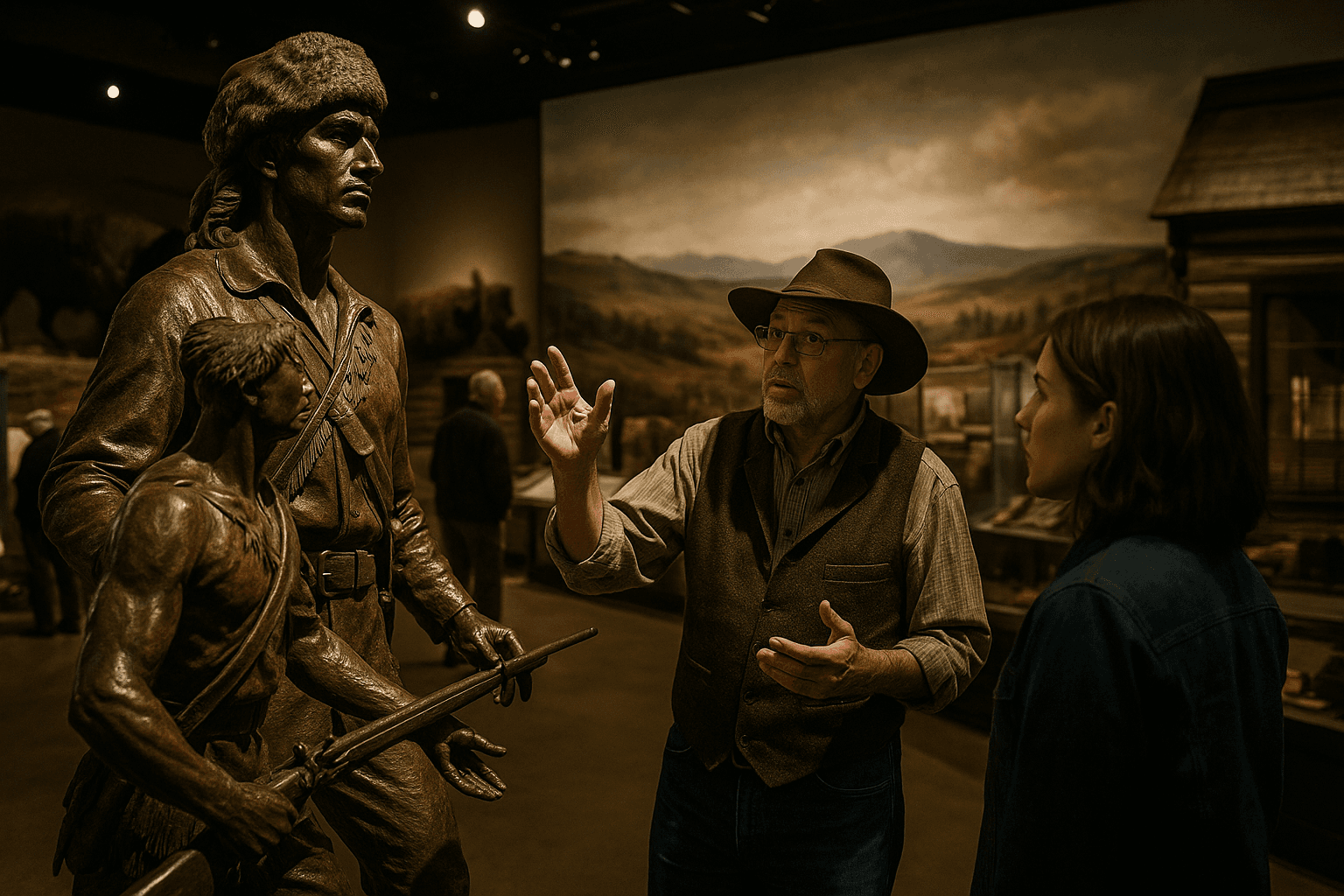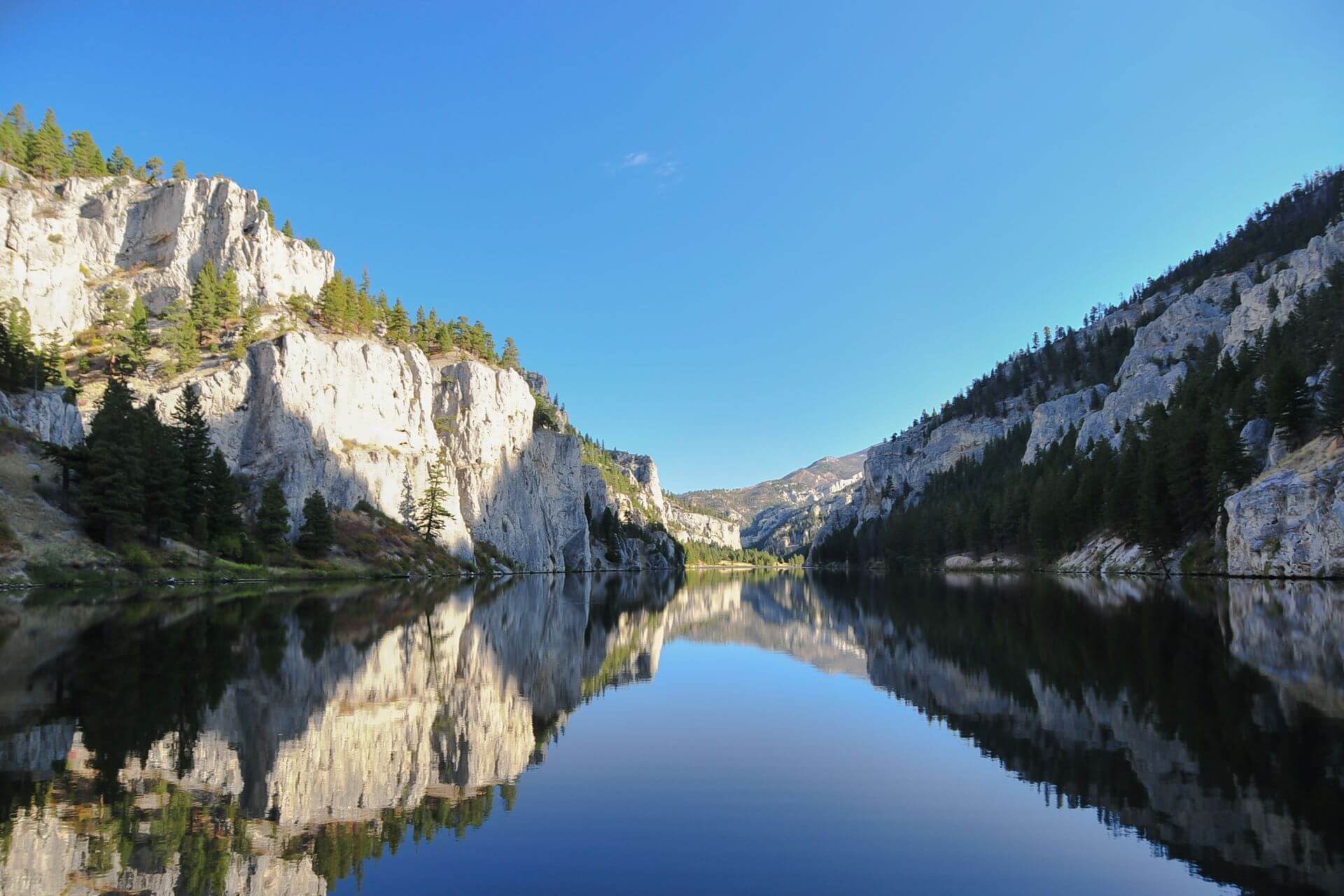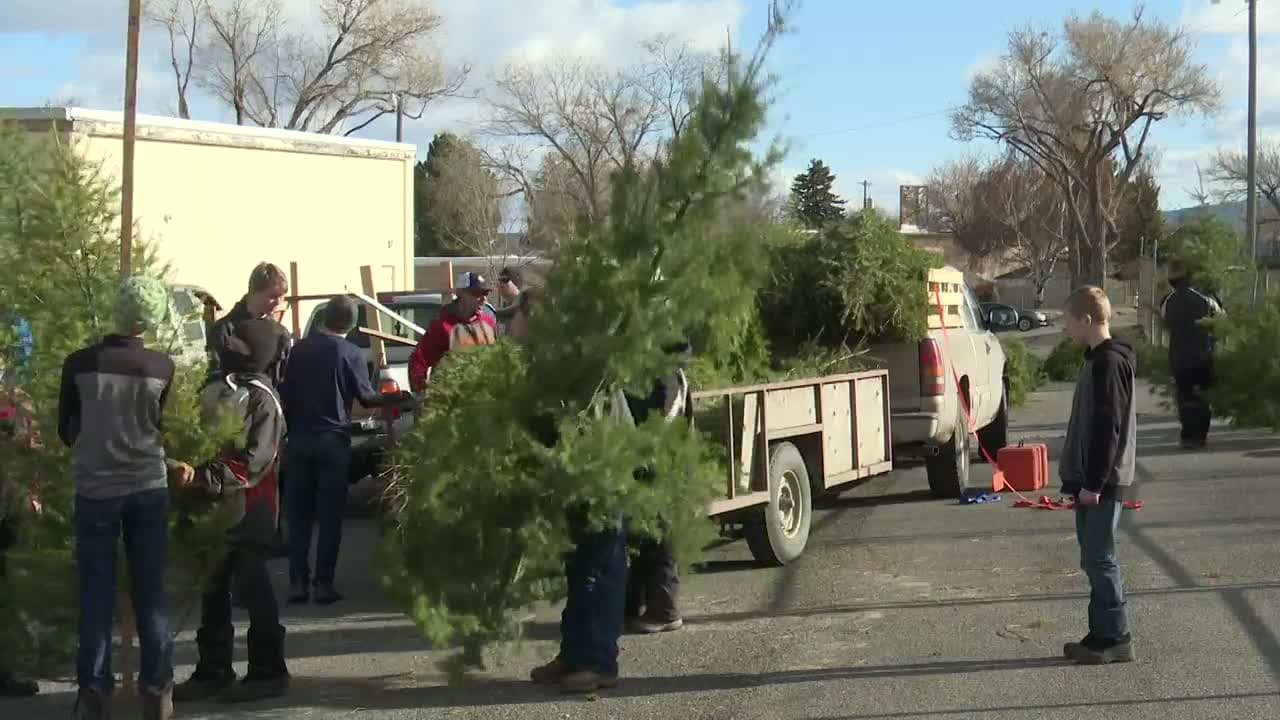Helena Heritage Sites Boost County Tourism, Education and Identity
The Montana Heritage Center reopened in 2025 and remains part of a constellation of historical attractions in Lewis and Clark County that draw visitors to Helena. These sites anchor local education and tourism, influence downtown foot traffic, and matter for community identity and local economic activity.

Helena and Lewis and Clark County host a compact network of historical attractions that together shape the local visitor economy and civic life. At the center is the Montana State Capitol, where guided tours operate seasonally and the grounds showcase state government history and architecture. The Montana Heritage Center completed an expansion and reopened in 2025, renewing the region's principal state history museum and its exhibits on Indigenous histories, the territorial period, and Montana cultural heritage. Downtown Last Chance Gulch and the Helena historic district provide walking routes through 19th century gold rush buildings, shops, and interpretive plaques that link the urban core to its mining era roots.
Local cultural organizations are part of that ecosystem. The Lewis and Clark County Historical Society and the History Center maintain archives, host rotating exhibits, and offer programs for researchers and visitors. Fort Harrison and nearby interpretive sites and trails add military and Native American history resources while also providing outdoor recreation and interpretive opportunities along local trails.
For residents and visitors the practical considerations matter. Many of these institutions operate seasonally or under varied winter hours, so checking current hours before planning a visit is important. Downtown walking tours, available as self guided routes or with a guide, concentrate activity in the commercial core and support shops, restaurants, and service providers that benefit from visitor foot traffic.

The presence of these heritage assets carries economic and civic implications. Museums and historic districts strengthen Helena's identity and act as anchors for education, school programming, and tourism marketing. Concentrated visitation helps sustain downtown employment and small business revenues during peak months while seasonal patterns create planning challenges for operators and local officials. Maintaining the museums, trails, and interpretive infrastructure requires ongoing coordination between cultural organizations, municipal services, and tourism partners to manage hours, signage, accessibility, and promotion.
Over the longer term these sites contribute to community continuity and place based economic development. By preserving archives, offering rotating exhibits, and connecting outdoor trails to interpretive history, Lewis and Clark County reinforces both its cultural stewardship role and its attractiveness to visitors seeking historical and educational experiences.


